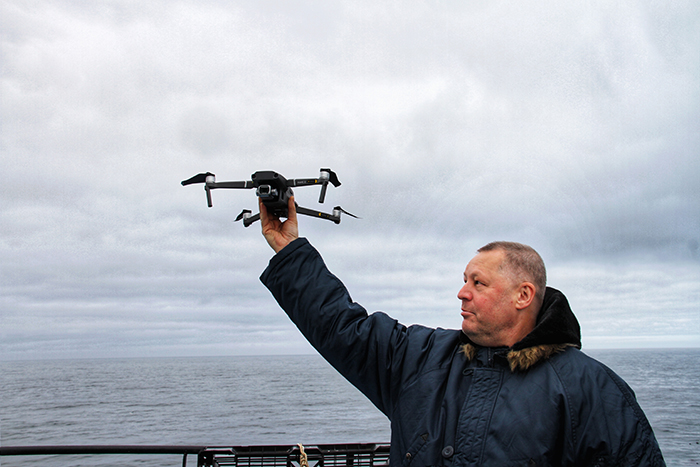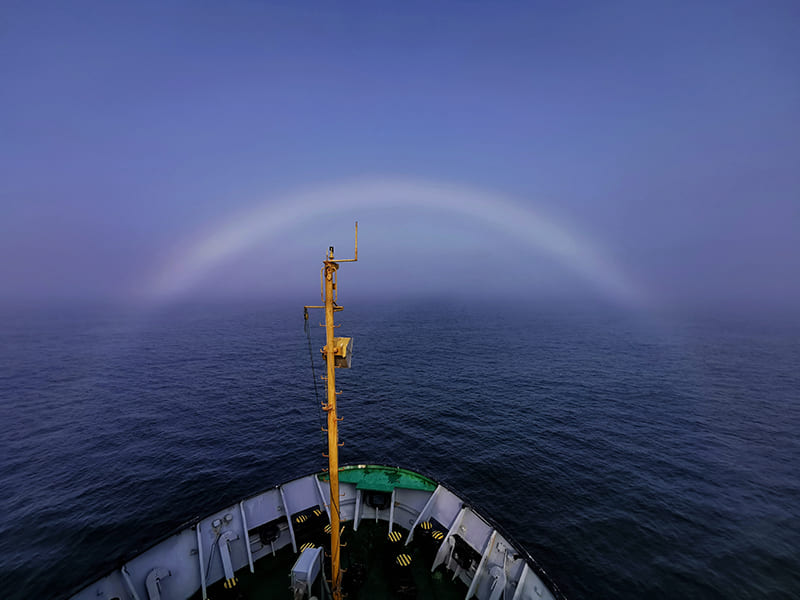Alexey Orlov, a researcher at the TSU Biological Institute and chief research fellow at the Russian Federal Research Institute of Fisheries and Oceanography (VNIRO), is leading a transarcticexpedition across four northern seas. The scientific group, which includes ichthyologists, oceanologists, geneticists, hydrobiologists, and hydrochemists of the central apparatus of VNIRO, its Pacific and polar branches, is conducting comprehensive studies of aquatic biological resources in the Chukchi, East Siberian, Kara, and Laptev Seas. The data obtained by the transarctic expedition will help in assessing the state of marine ecosystems and developing the right approach to reduce anthropogenic risks in the development of the richest resources of the Arctic basin.
- We are well aware that all the opportunities that the Arctic offers us require a competent and careful attitude about its resources, a responsible approach to preserving a unique and very vulnerable ecosystem for future generations,- said Alexey Orlov. - During the 100-day expedition, comprehensive studies of the environment (oceanology, hydrochemistry) and biota (neuston; phyto-, zoo- and ichthyoplankton); zoobenthos (inhabitants of the seabed), ichthyofauna, commercial invertebrates, and marine mammals and birds will be carried out. We process all fish and invertebrates in on-board laboratories. We carry some of the oceanological samples on-shore for processing, but some parameters are determined on-site.
Specialists on the Professor Levanidov research vessel work around the clock in two shifts. Research is carried out at complex stations that are predefined points on the map, located at increments of 15–20 nautical miles. In total, it is planned to work out of about 200 stations. In the daytime, scientists observe the avifauna and marine mammals. In each sea, an analysis of echo recordings is carried out and a variety of material is collected for examination by the bottom trawl.
Along with this, scientists are taking samples to assess the concentration of microplastics in the Arctic seas. Its accumulation in natural systems is one of the most serious problems, the scale of which has not yet been precisely determined. The lack of proper disposal of synthetic material leads to the fact that microplastic in large quantities gets into natural systems, including the oceans. Toxic material accumulates in zooplankton, which is fed by the ichthyofauna, and accumulates in fish, including commercial species. Analysis of water, plankton, and ichthyofauna samples will show the concentration of microplastics in Arctic ecosystems.





